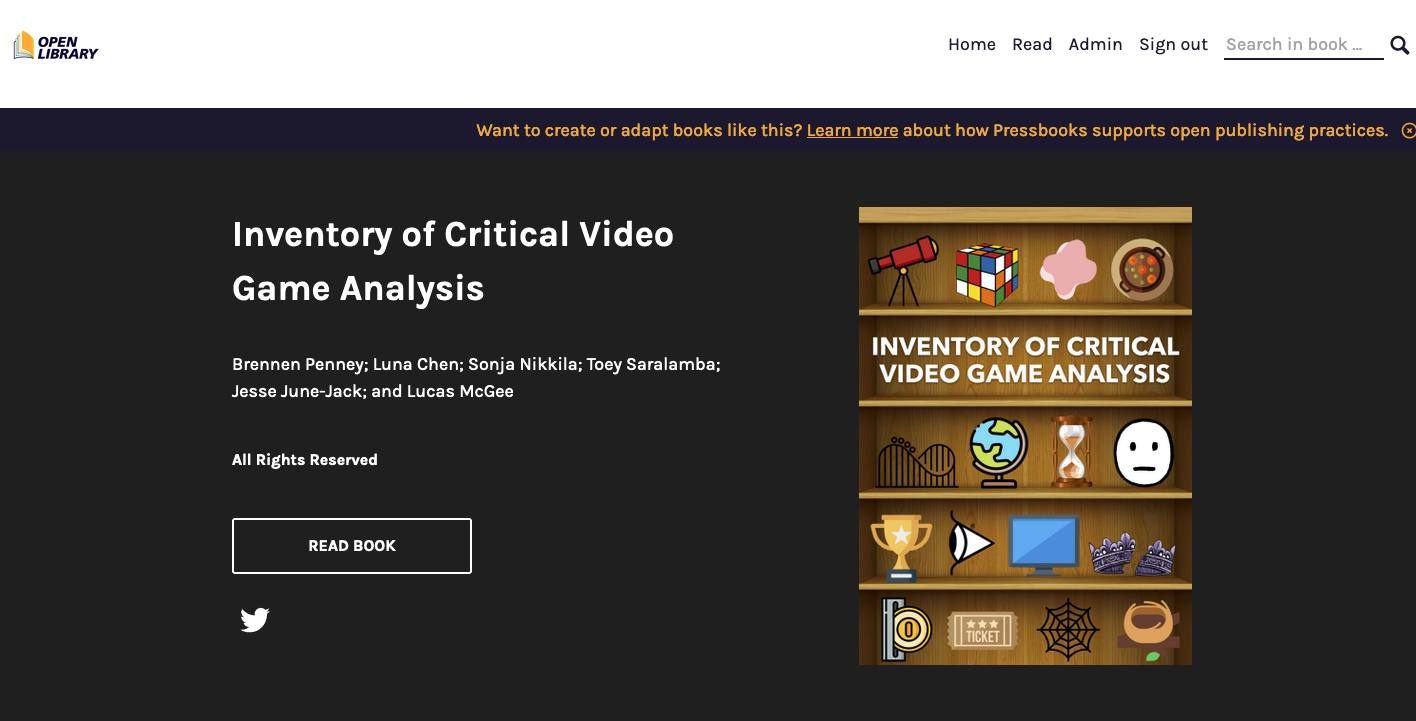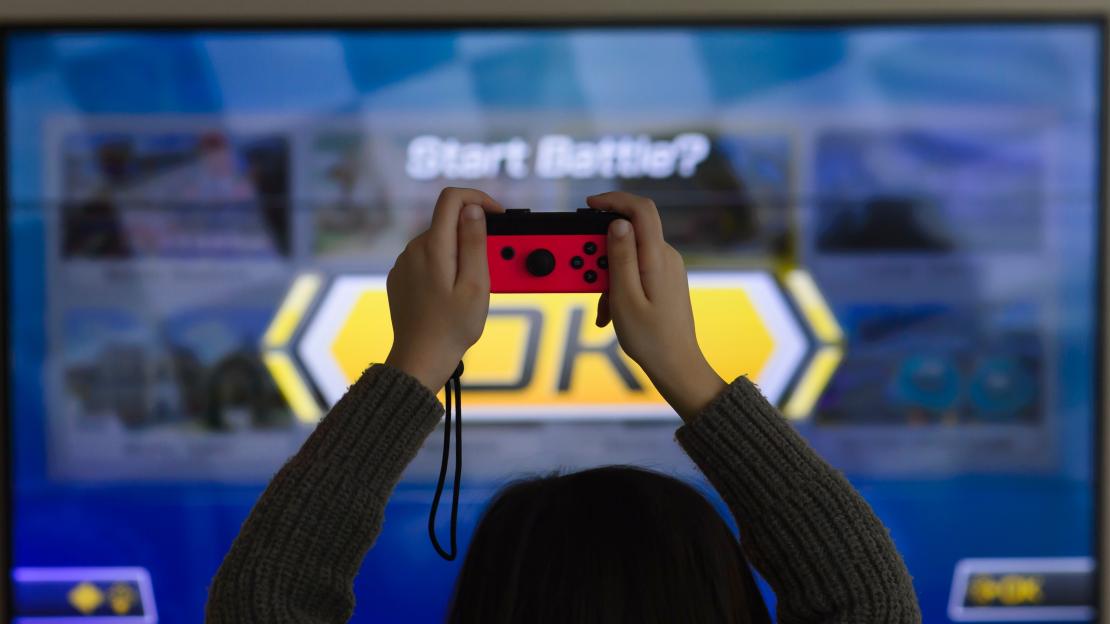Video games aren’t so different than books, and a new resource is proving they can be studied the same way.
Video games are permeating universities around the world, with courses cropping up in business, psychology, law, philosophy and humanities programs, just to name a few, alongside the growing number of bespoke degrees (such as a new minor program at U of T Mississauga). But resources to help professors bring video games into their classes may be lagging.
“Video games studies is a very multidisciplinary field. It doesn’t have the same depth of focus or publication history as a single scholarly trajectory,” says Sonja Nikkila, assistant professor, teaching stream, in the department of English at U of T Scarborough. “For someone already working in a different discipline and wanting to adopt video games to their own teaching, there's not a lot of textbooks and syllabi out there.”
Nikkila teaches the English course Video Games: Exploring the Virtual Narrative. She says it makes sense to study video games like pieces of literature; many have rich characters, settings, plots and messages. Unlike static texts, however, there are different endings, side quests and optional plot points that may make students’ playthroughs completely different. Some landmark games can’t be assigned as homework either — they may take dozens of hours to finish and require expensive consoles. Yet Nikkila isn’t deterred.
“I wanted to create a resource to show lots of ways you can approach games critically, and how even if you haven’t finished a game or even if you got a different ending than somebody else, that experience is still critically valuable,” says Nikkila.
She recently teamed up with a group of students for one of six U of T Scarborough projects funded by the Jackman Scholars-in-Residence program, which gives students across U of T paid four-week research opportunities. Their quest: create something to help students and teachers apply narrative theory — a classic approach to studying literature — to video games.
“The students figured out what the ‘something’ should be, what it should look like, how it should be organized, what it should be called,” says Nikkila. “It’s incredible what they’ve generated.”
Their currently unpublished ebook, Critical Inventory of Video Game Analysis, offers a series of frameworks that each make sense on their own but link to one another, allowing readers to choose their own adventure. Some cover core game elements such as plot and setting, others delve into Marxism, disability studies and other avenues of literary analysis. They include an overview of each topic’s relationship to video games, a case for the unique insights games can offer, essay prompts and lists of related topics and links.
The frameworks end in a section called demonstrations of literary criticism, or DLC — a ubiquitous acronym in the gaming world for downloadable content. In the ebook, DLCs are a series of sample essays looking critically at games, such as one by student Brennen Penney on the eco-feminist messaging in the Star Wars game The Force Unleashed, alongside several other pieces by students Luna Chen, Toey Saralamba, Lucas McGee and Jesse June-Jack.
The DLCs are one of several clever nods to video game lingo throughout, including its title as an inventory (a standard video game mechanic). Another section titled lore covers the context behind games that can help inform an analysis, from their creators to their cultural impact. The introduction is already followed by a section called “Introduction Redux” — redux is a term for a remastered game, but in the book it signifies space saved for the new introduction the budding resource will eventually have.
“We want to think of this as a library of resources and perspectives that will constantly grow, constantly evolve,” Nikkila says. “It might even be a document that preserves a little bit of how scholarship moves across five years, 10 years.”

Nikkila plans to use the ebook in her video games course, and update the DLC section with additions from students. She’s hoping to publish it within the next year and make it publicly accessible for both reading and contributing, while also finding ways to keep the five students involved in the project. In August, the students will be presenting a 60-minute workshop at a conference held by the University of Waterloo’s Digital Pedagogy Institute on how they produced the ebook and how it can be used to analyze games.
“I'm so proud of them. I'm so amazed,” Nikkila says.
